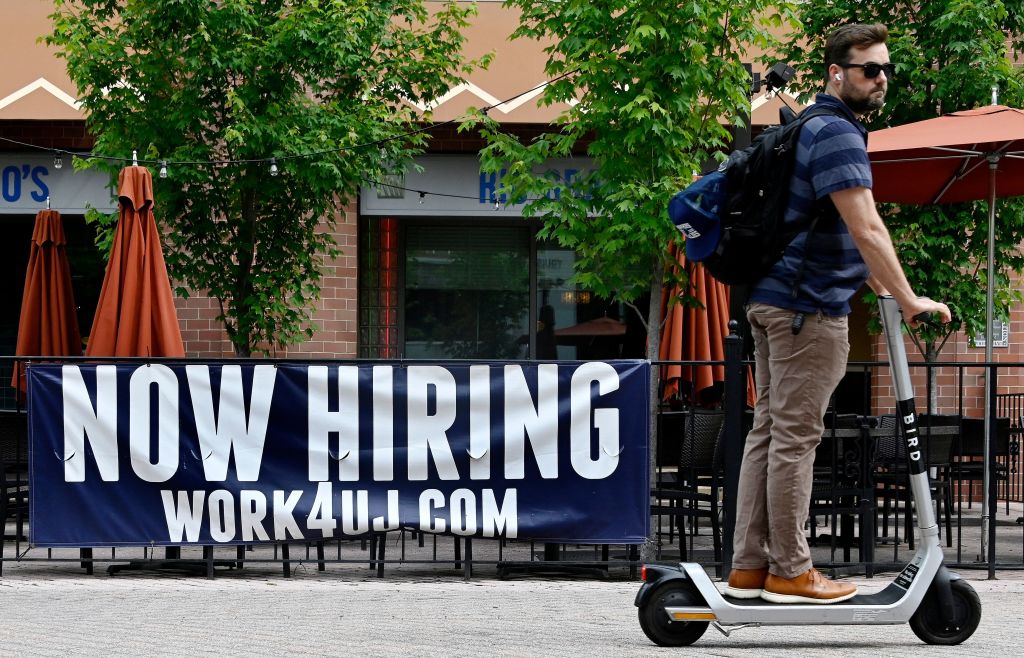
U.S. employers added more jobs in June than forecast and the unemployment rate held near a five-decade low, suggesting hiring needs are so far eclipsing concerns about the economic outlook.
Nonfarm payrolls rose 372,000 last month following a revised 384,000 in May, a Labor Department report showed Friday. The unemployment rate held at 3.6% and average hourly earnings rose 0.3% from a month earlier.
The median estimate in a Bloomberg survey of economists called for a 265,000 advance in payrolls and for the unemployment rate to hold at 3.6%.
Treasury yields surged, U.S. stock futures fell and the dollar index gained as markets extended bets on steep Federal Reserve interest-rate hikes. Swaps traders increased to about 96% the probability of the Fed lifting rates this month by 75 basis points from about 93% before the data.
Another solid month of employment growth further highlights the stark contrast between the resilience of the jobs market and an otherwise bleaker economic picture. The drumbeat of a recession is growing louder, and decades-high inflation is eroding Americans’ paychecks and weighing on consumer spending.
While a number of companies did announce plans in June to cut staffing levels, layoffs have so far been largely concentrated in technology and interest-rate sensitive sectors like housing as the Fed aggressively raises borrowing costs to curb inflation. Meantime, many other businesses still complain of worker shortages and an inability to fill millions of open positions.
The labor force participation rate—the share of the population that is working or looking for work—slipped to 62.2%, and the rate for workers ages 25-54 declined to a four-month low of 82.3%. The number of Americans not in the labor force rose by about half a million to the highest level this year.
Hourly Earnings
Friday’s report showed that average hourly earnings climbed by a still-elevated 5.1% from a year earlier after an upwardly revised 5.3% gain in May.
For months, employers have been bidding up wages to attract and retain workers, but in the aggregate, pay is still falling short of rapidly increasing prices. While the Fed would welcome a cooling in wage pressures as they seek to limit inflation, a marked slowing in earnings at a time when prices are still extremely high would further curb consumers’ ability to keep spending.
Inflation is now at a 40-year high and broad-based. Costs have ballooned at grocery stores and gas stations, contributing to President Joe Biden’s dismal approval ratings just months before the November mid-term elections. The Fed has committed to fighting inflation, but concerns are rising the central bank may ultimately tip the economy into recession in the process.
—With assistance from Chris Middleton, Liz Capo McCormick and Olivia Rockeman.
More Must-Reads from TIME
- How Donald Trump Won
- The Best Inventions of 2024
- Why Sleep Is the Key to Living Longer
- Robert Zemeckis Just Wants to Move You
- How to Break 8 Toxic Communication Habits
- Nicola Coughlan Bet on Herself—And Won
- Why Vinegar Is So Good for You
- Meet TIME's Newest Class of Next Generation Leaders
Contact us at letters@time.com